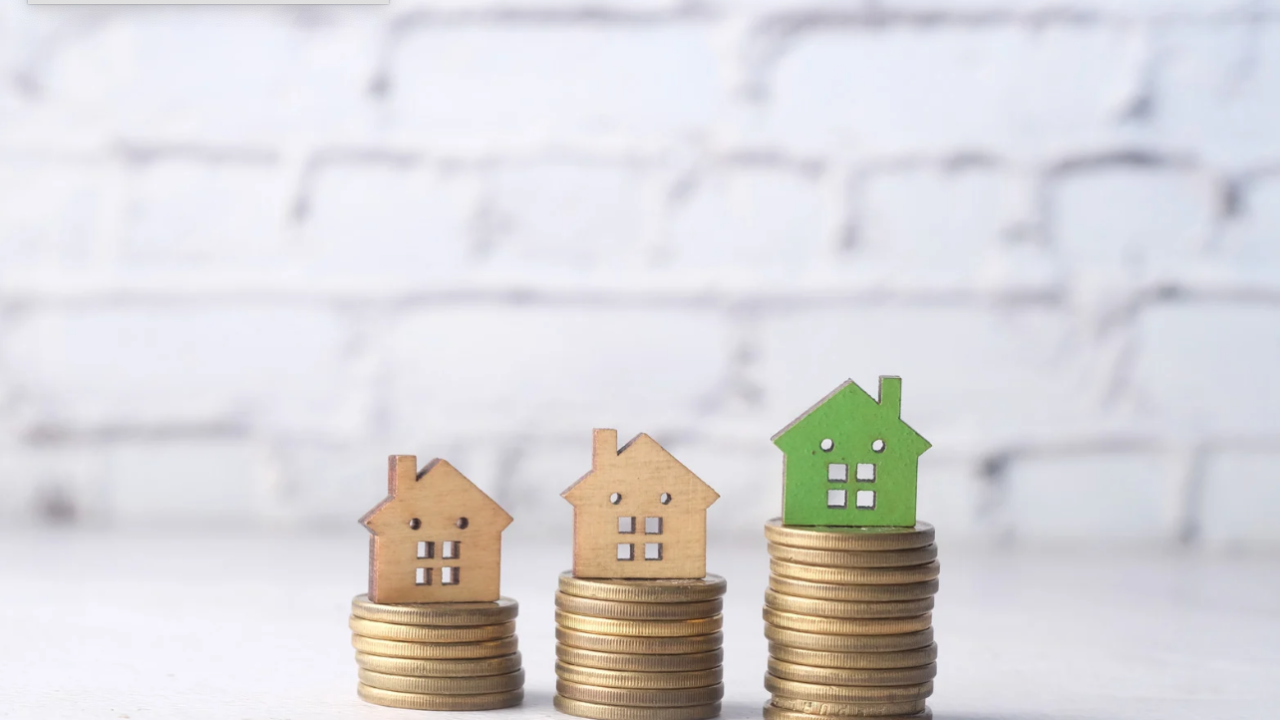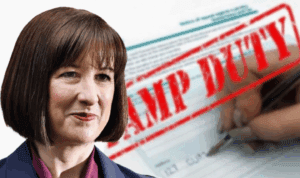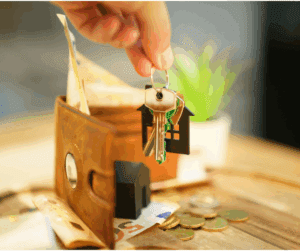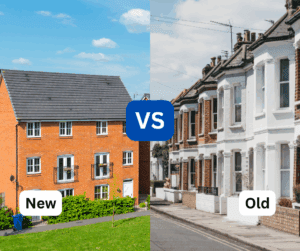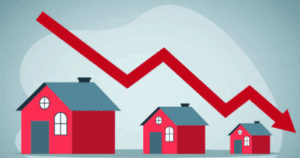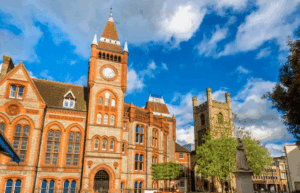To buy a rental property, you’ll typically need:
- 25% deposit of the purchase price
- 75% mortgage from a buy-to-let lender
So for a £200,000 property:
- Deposit = £50,000
- Mortgage = £150,000
You can raise the deposit from:
- Savings
- Remortgaging your own home to release equity
- Inheritance or gifts from family
- Joint venture partnerships
🧾 Can I Afford It?
- Residential mortgages are based on your personal income
- Buy-to-let mortgages are based mainly on the rental income the property is expected to generate
- Lenders usually require the rent to cover at least 125–145% of the mortgage payments, at a “stress-tested” rate (often 5.5–6%).
Rental Stress Test Requirements:
Lenders typically require your rental income to cover 125% to 145% of the monthly mortgage payment, using a stress-tested interest rate (in this case, 5.5%).
Minimum required rental income (125%):
£687.50 × 1.25 = £859.38/monthStricter requirement (145%):
£687.50 × 1.45 = £997.88/month
To pass the Buy-to-Let mortgage affordability test, your property’s monthly rental income should be at least between £859.38 and £997.88.
If the actual rent falls below this range, the lender may reduce the loan amount, require a higher deposit, or reject the application.
🔒 Fixed or Variable Rate Mortgage?
You’ll choose between:
- Fixed Rate – The interest rate stays the same for 2, 5, or 10 years
- Variable Rate – Follows the Bank of England base rate (currently 4.5%)
🔑 Tip: Most investors prefer a fixed-rate mortgage for predictable monthly payments and easier budgeting.
📌 How long do you need to repay a buy-to-let mortgage? How much is the monthly payment?
- Property purchase price: £200,000
- 25% deposit: £50,000
- Loan amount (mortgage): £200,000 – £50,000 = £150,000
- Interest rate: 5.5% (fixed for the first 5 years)
- Loan term: 25 years (interest-only for the first 5 years)
- Repayment method: Interest-Only Mortgage — Monthly payment of £687.50 (only interest during the first 5 years)
This amount only covers the interest and does not include any repayment of the principal.
🏦 Why Interest-Only Mortgage Works for Investors
Buy-to-let investors often use interest-only mortgages, where:
- You only pay interest monthly (not the loan itself)
- Monthly payments are much lower
- After years of property growth, you can refinance or sell to repay the loan
💡 Example:
Buy at £200,000 → In 20 years, it may be worth £400,000
You sell or refinance and keep the profit!
📉 What Upfront Costs Should I Expect?
- Stamp Duty Land Tax (SDLT)
- From April 1, 2025, investors will pay a 5% surcharge on second homes
Stamp duty on second homes from April 1, 2025
Band | Regular residential SDLT rates | Residential rates with extra 5% |
£0 – £125,000 | 0% | 5% |
£125,000 – £250,000 | 2% | 7% |
£250,000 – £925,000 | 5% | 10% |
£925,000 – 1.5m | 10% | 15% |
£1.5m+ | 12% | 17% |
- Solicitor Fees – ~£1,000–£1,500 for legal work and searches
- Mortgage Fees – Arrangement fees, valuation fees, sometimes added to your mortgage
- Survey Fees – £400 to £1,000 depending on the type of survey
- Refurbishment/Repairs – Always set aside money to refresh or improve the property
🔧 Ongoing Landlord Costs
- Mortgage interest
- Insurance (buildings, contents, public liability)
- Maintenance and Repairs (boilers, plumbing, general wear)
- Letting Agent Fees (10–12% of rent)
- Legal Compliance Costs:
- Gas Safety Certificate (yearly)
- Electrical Installation Condition Report (every 5 years)
- EPC (valid 10 years)
📈 How Do I Know If It’s a Good Investment?
Simple calculation:
Monthly Rent – Monthly Costs = Monthly Cashflow (Profit)
💡 If your rent is £1,000 and expenses total £800, your cashflow is £200/month profit.
You want positive cashflow, so the rent covers your costs and leaves you income.
🏠 What Type of Property Should I Start With?
Best for beginners:
- A single-let house or flat, rented to a family, couple, or individual
Advantages:
- Easy to manage
- Steady monthly rent
- Good resale potential
- Lower risk
Other strategies (for later):
- HMO (House in Multiple Occupation) – More tenants, more income, more rules
- Serviced Accommodation – Short-term lets like Airbnb (higher income, higher work)
📍 Where Should I Invest?
Stick to areas where you:
- Live or work and know the local market
- Understand where demand is high
- Can identify good vs. bad streets
Ask yourself:
- Is there strong rental demand?
- Will your ideal tenant want to live in this area?
Good transport, schools, shops, and job opportunities = higher rental demand.
🔍 Where to Find Properties?
- Estate agents
- Online platforms:
- Rightmove
- Zoopla
- OnTheMarket
- PrimeLocation
🔎 Set up alerts and check daily for new listings!
🔨 Should I Buy at Auction?
You can, but be cautious:
Pros:
- Properties may be cheaper
- Quick sales (28-day completion)
Cons:
- No guarantees – properties often have legal or structural issues
- Non-refundable deposit
- You need cash or fast finance
- Not suitable for beginners
📝 The Buying Process – Step-by-Step
1. Find a property
- Do your research
- View the property
- Check rental demand and potential cashflow
2. Make an offer
- You can offer below asking price
- Your offer may be accepted, rejected, or negotiated
3. Offer accepted → Start legal & financial steps
- Instruct a solicitor to start the conveyancing
- Instruct a mortgage broker to find you the best deal
4. Valuation & Mortgage Offer
- The lender sends a RICS surveyor to value the property and estimate the rental income
- If everything checks out, the mortgage offer is issued
5. Solicitor carries out searches
- Local council searches
- Environmental and drainage checks
- Title deeds and ownership history
6. Exchange contracts
- You pay the 10% deposit
- Now the deal is legally binding
- You cannot pull out
7. Completion
- Your solicitor draws down the mortgage funds from the lender
- You pay your remaining deposit and fees
- The property is officially yours!
🎉 Be a Happy Investor
You’re not just buying a house—you’re building a long-term income stream, gaining a growing asset, and securing your financial future.
Yes, there will be things to learn and challenges ahead—but property is a powerful wealth-building tool when done right.
👉 Keep learning
👉 Be patient
👉 Reinvest your profits
👉 Focus on cashflow and smart decisions
Welcome to your journey as a happy and successful property investor! 🏡📈

